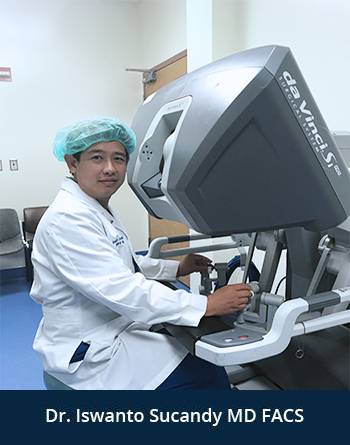What Is Chronic Cholecystitis
Many patients who present with cyclical right upper quadrant abdominal pain and discomfort after meals were diagnosed with chronic cholecystitis by their family physicians. This is a very common diagnosis prompting a surgical referral to see a general surgeon or a liver surgeon. The question here is “what is chronic cholecystitis and how to diagnose it?”.
Chronic cholecystitis is a common disease of the gallbladder signified by chronic inflammation of the gallbladder wall. Gallbladder holds function for storing the bile produced by the liver. When we eat, our body produces hormones to induce gallbladder contraction which subsequently leads to bile juice excretion into the small bowel to help the food digestion. As a consequence of this dynamic mechanism, gallbladder is prone to many disorders, such as development of gallstones, acute/chronic infection or inflammation of the gallbladder, gallbladder polyp, and even gallbladder cancer. When the gallbladder is chronically inflamed, it is called chronic cholecystitis.
Chronic Cholecystitis Symptoms
When the gallbladder is chronically inflamed secondary to the presence of gallstones causing chronic obstruction of the gallbladder duct (cystic duct), then chronic cholecystitis symptoms appear.
Many patients will have:
- Constant or intermittent right upper quadrant dull pain
- Stabbing pain
- Gnawing pain
- Chronic nausea after eating, and to a lesser degree, chronic right sided shoulder pain.
Those are the most common signs of chronic cholecystitis.
To a lesser extent, patients may also complain of ‘reflux symptoms’ or gassy stomach. The pain can radiate to the right upper back or between the shoulder blades. Chronic cholecystitis symptoms usually occur following a fatty meal, however it can be unrelated to any food intake.
Causes Of Chronic Cholecystitis
Causes of chronic cholecystitis can be several but presence of gallstones is the most common. Diagnostic workup to determine chronic cholecystitis causes includes a simple gallbladder ultrasound examining presence of gallstones or gallbladder wall thickening. This can be ordered by a family physician or a surgeon.
Thickened/prominent gallbladder wall or fluid buildup around the gallbladder may be seen when the chronic cholecystitis is severe or acucalltoy worsening. A functional test including HIDA scan to measure the gallbladder contractility may be added for further confirmation if the ultrasonography is unrevealing. Rarely, a CT scan or MRI is necessary, unless a suspicious tumor/ mass is seen in the gallbladder or within the adjacent liver parenchyma. Once the diagnosis is confirmed, the next step is the chronic cholecystitis treatment.
Chronic Cholecystitis Treatment
In general, the chronic cholecystitis treatment is cholecystectomy or gallbladder removal. This can be completed laparoscopically or robotically depending on the circumstance and the anticipated technical complexity. While waiting for the operation to occur, the patient is placed on a chronic cholecystitis diet which is basically a low fat diet. Adherence to clear liquid diet and low-fat diet is very important to prevent worsening of the chronic cholecystitis symptoms. A high fat diet can induce development/reactivation of acute cholecystitis requiring emergent gallbladder operation.
Dr. Sucandy and his team have performed several hundreds of cholecystectomy both laparoscopically (including via a scarless single incision in the belly button), robotically, or open as part of the chronic cholecystitis treatment. During the operation, the resected specimen is sent to pathology for examination to exclude the potential presence of gallbladder malignancy for which further intervention is needed.
Dr. Sucandy is also the referral destination for complex gallbladder diseases, gallbladder cancer in Tampa Bay and Southwest Florida. 30% of our patients with chronic cholecystitis have been seen by least 1-2 general surgeons prior to being referred to our hepatobiliary clinic due to the anticipated technical/medical complexity of their operation. This may be related to the pre-existing conditions such as significant liver cirrhosis, chronic hepatitis C, bleeding disorders, multiple prior open abdominal operations, prior liver surgery, concomitant liver tumor(s), morbid obesity, and high risk cardiopulmonary disorders. Our team is looking forward to helping with your symptoms and providing you with the treatment of chronic cholecystitis in the best possible way.


